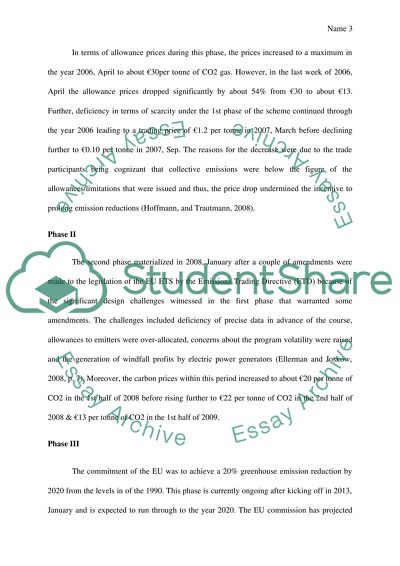Cite this document
(“Market-Based Instruments of Environmental Policy in Practice: The Essay - 4”, n.d.)
Retrieved de https://studentshare.org/environmental-studies/1662388-market-based-instruments-of-environmental-policy-in-practice-the-european-emissions-trading-scheme
Retrieved de https://studentshare.org/environmental-studies/1662388-market-based-instruments-of-environmental-policy-in-practice-the-european-emissions-trading-scheme
(Market-Based Instruments of Environmental Policy in Practice: The Essay - 4)
https://studentshare.org/environmental-studies/1662388-market-based-instruments-of-environmental-policy-in-practice-the-european-emissions-trading-scheme.
https://studentshare.org/environmental-studies/1662388-market-based-instruments-of-environmental-policy-in-practice-the-european-emissions-trading-scheme.
“Market-Based Instruments of Environmental Policy in Practice: The Essay - 4”, n.d. https://studentshare.org/environmental-studies/1662388-market-based-instruments-of-environmental-policy-in-practice-the-european-emissions-trading-scheme.


